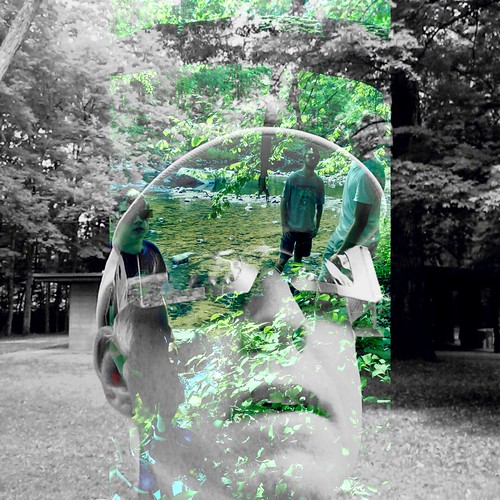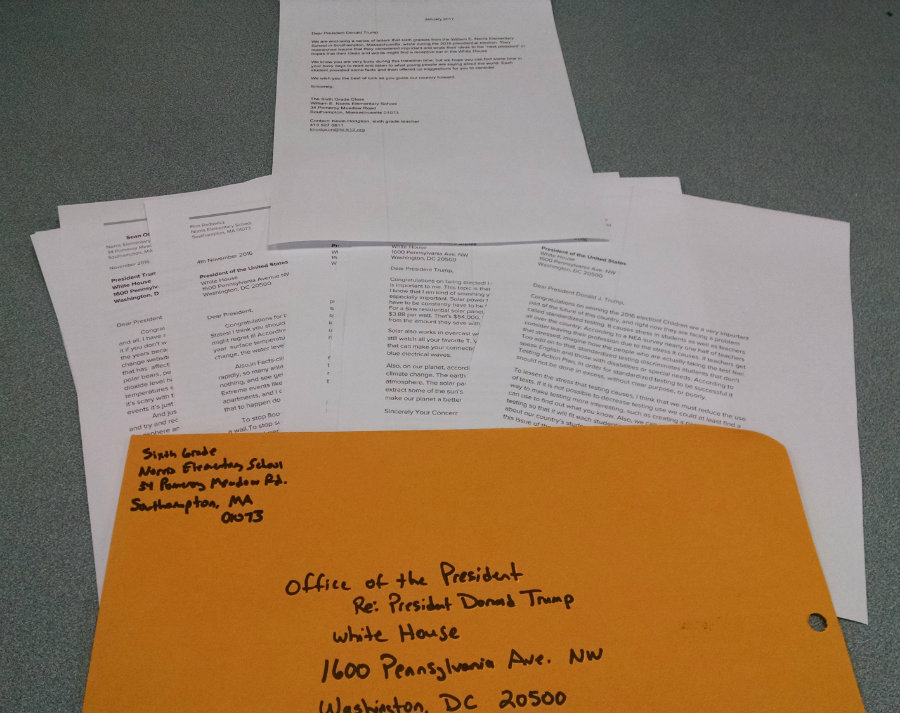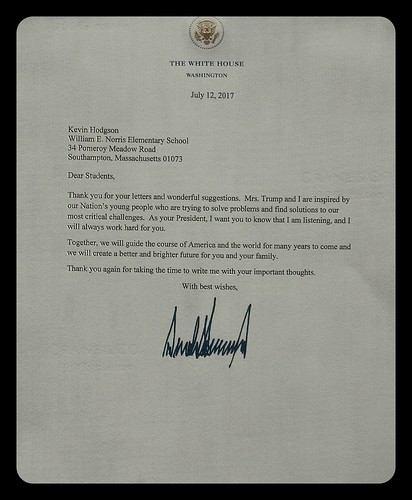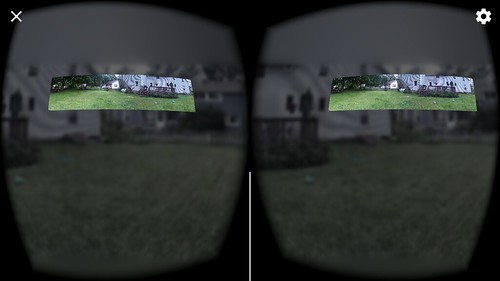
Music. Writing. Art. Love. Resistance. Revolution.
These ideas all swirl around in the majestic novel by Madeleine Thien, Do Not Say We Have Nothing. Set mostly in China during more than one revolution, the novel’s scope is large but its attention to characters and details makes it feel intimate as well.
We find ourselves drawn into the lives of one woman trying to find the stories of her relatives, and her own father, through their lives during the Cultural Revolution that uprooted thousands of families and the Tiananmen Square protests that turned violent.
Music swirls around the story, as the main characters are composers and musicians, and writers, and the concept of story itself as the central tenet for how we live our lives with meaning and love surfaces over and over again, as it should.
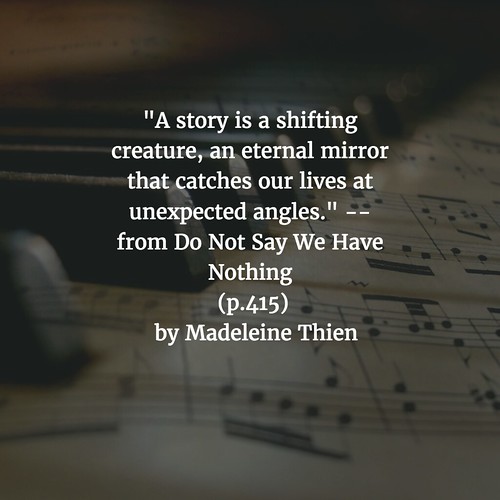
I found myself wondering more and more about Chinese society and culture, and how we often lose track of the lives of the people among the news of the politics and economics. So many Chinese families have paid the price for Revolution, for change, in such a relatively short time period, too.
Thien reminds us that the role of the novelist is to both peel back the layers of complexity, to show us the stories of people in the midst of that change. Yes, there is much suffering here, but there is also love and family and the desire to rise above your surroundings to create art that means something.
There is hope here in Do Not Say We Have Nothing. That’s a powerful message, always. Hope that days of turmoil and uncertaintly will get better, and that art – music and writing — will allow us to be remembered, and not forgotten. One can hope.
Peace (between the pages),
Kevin


